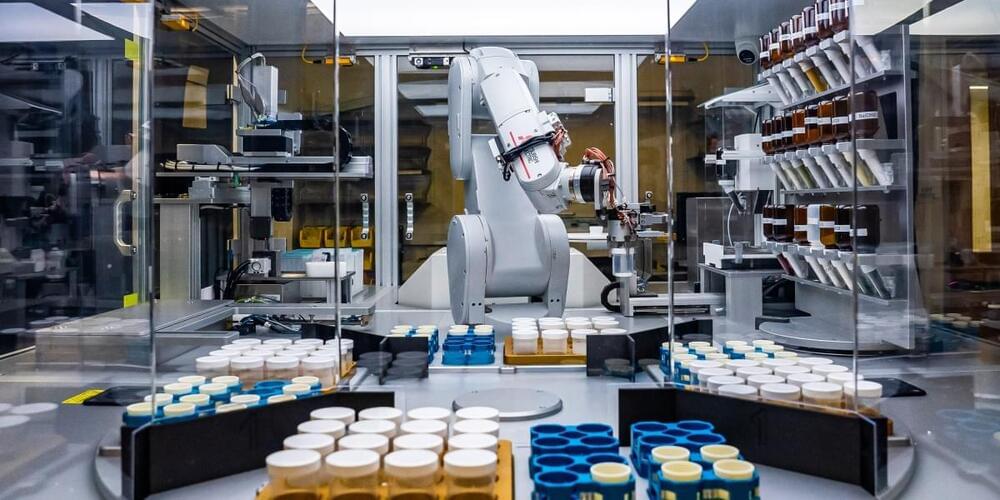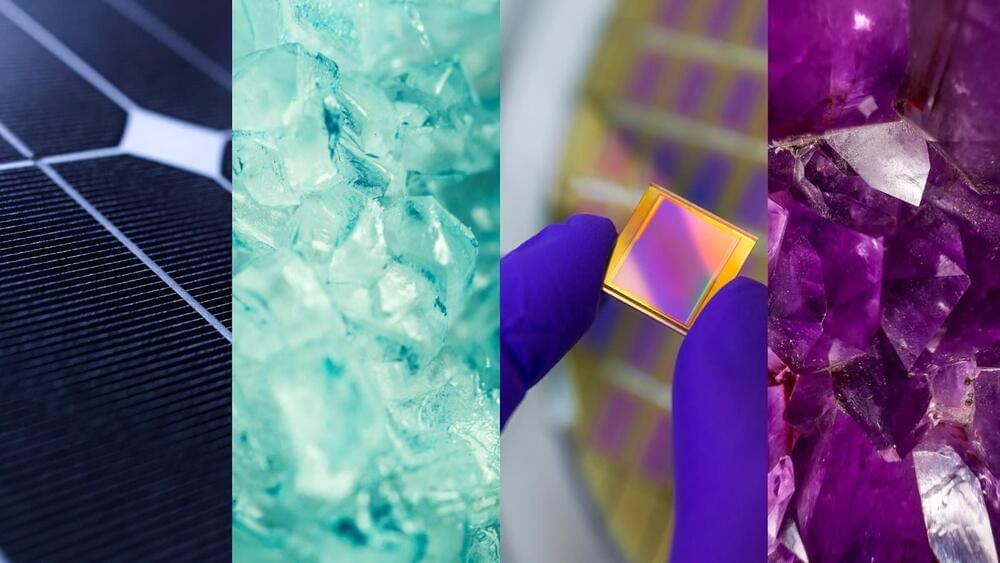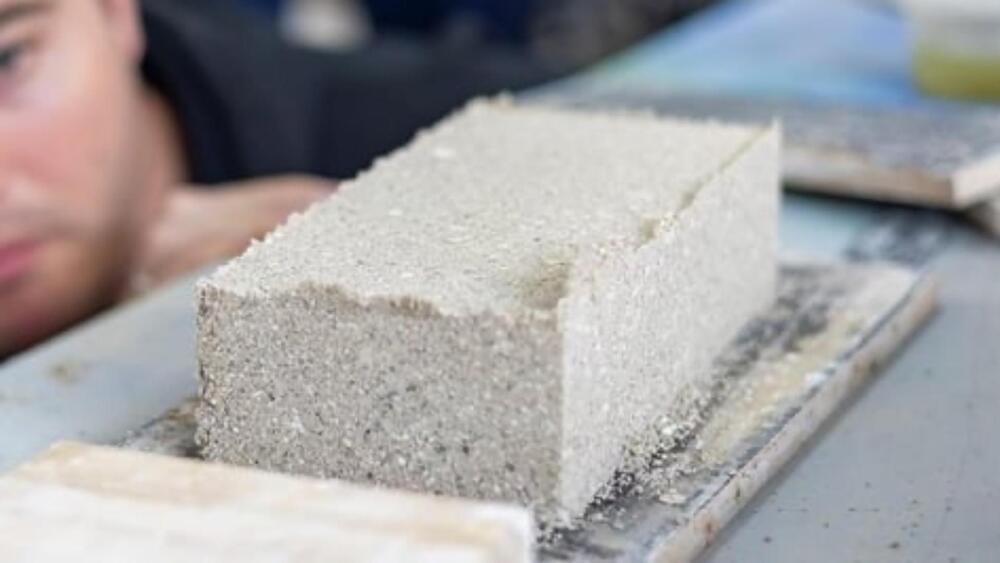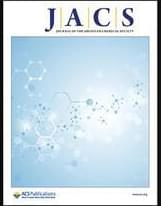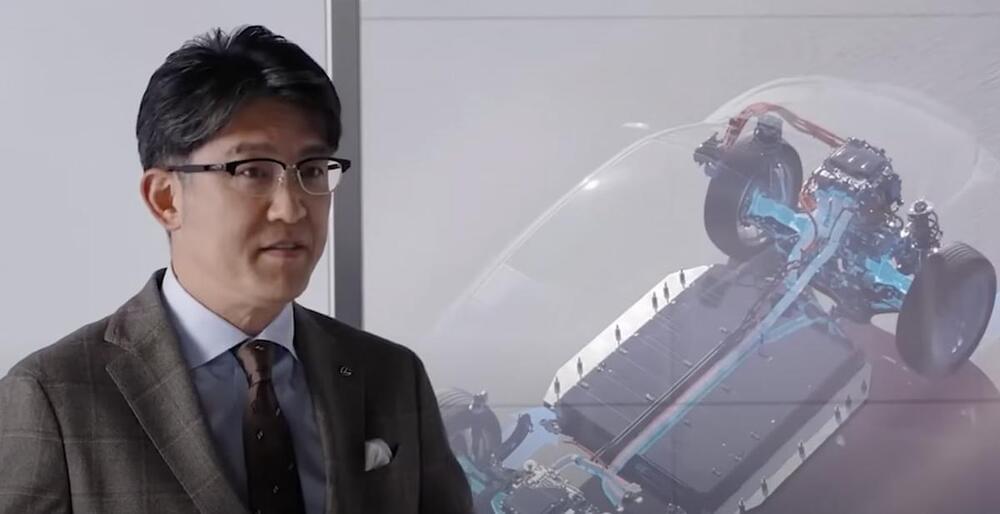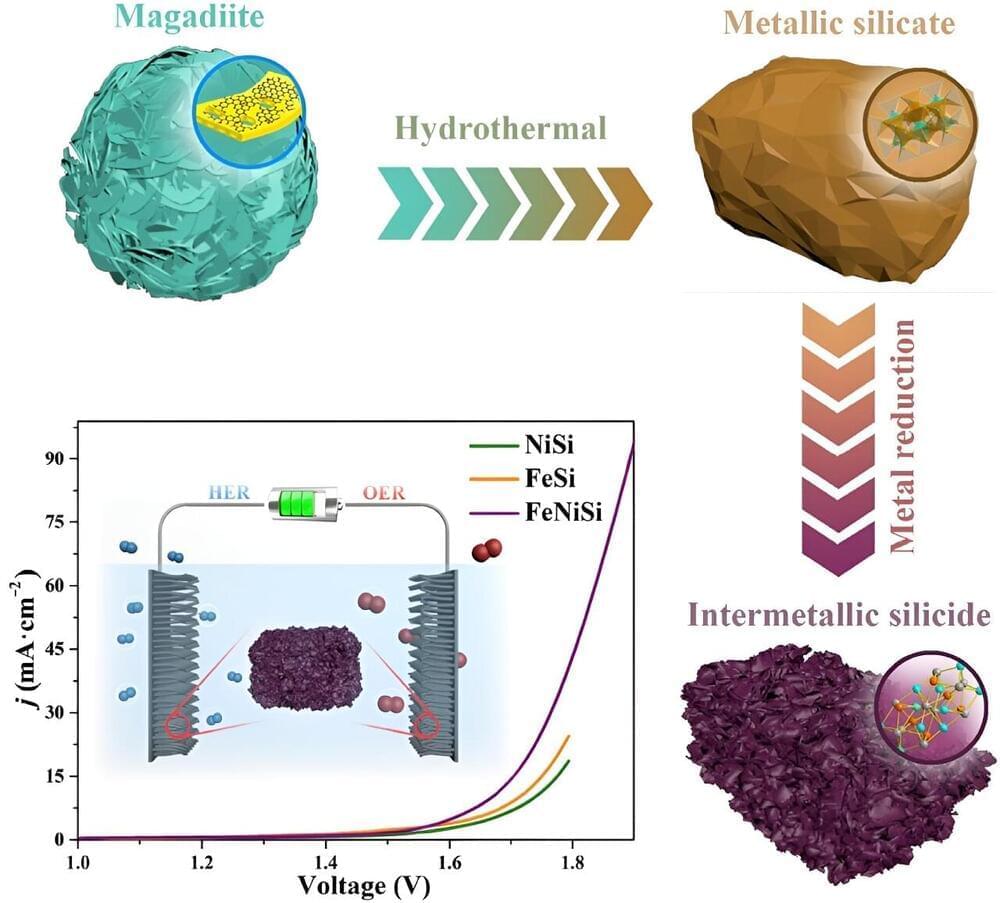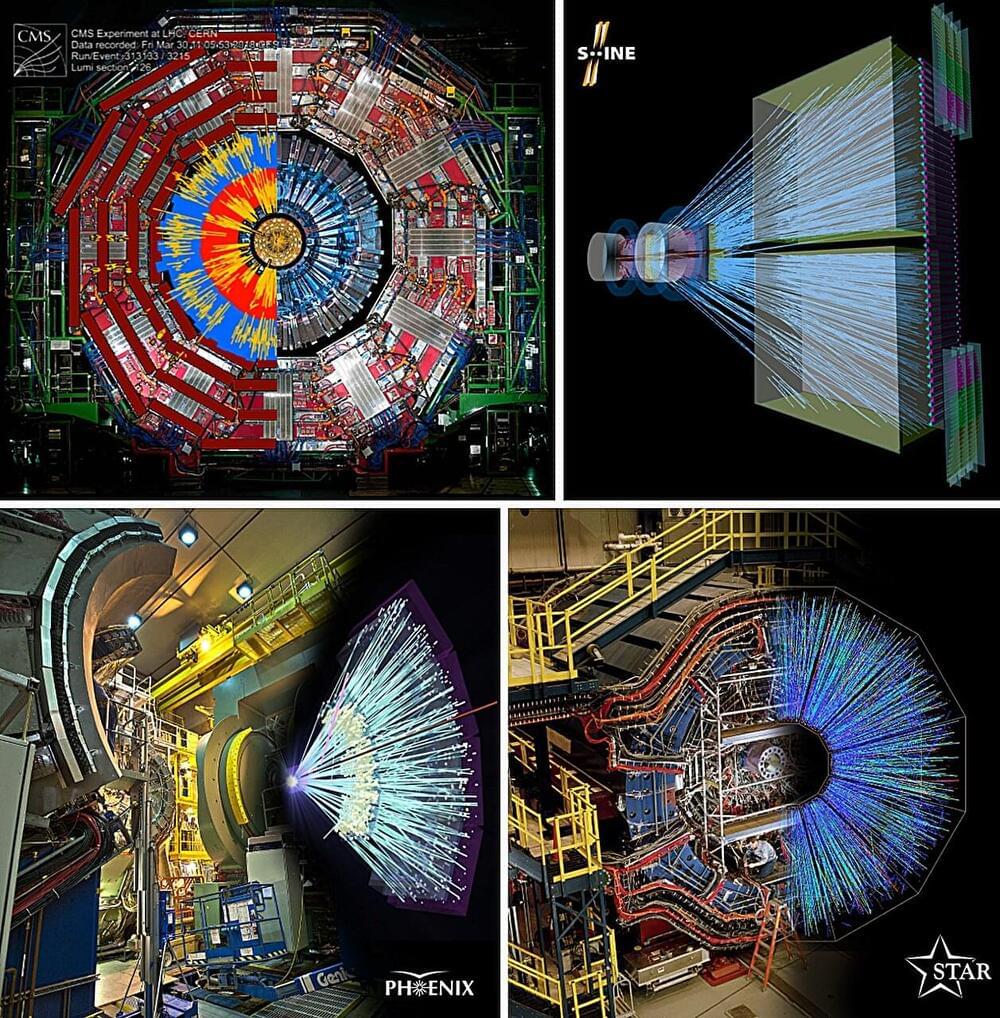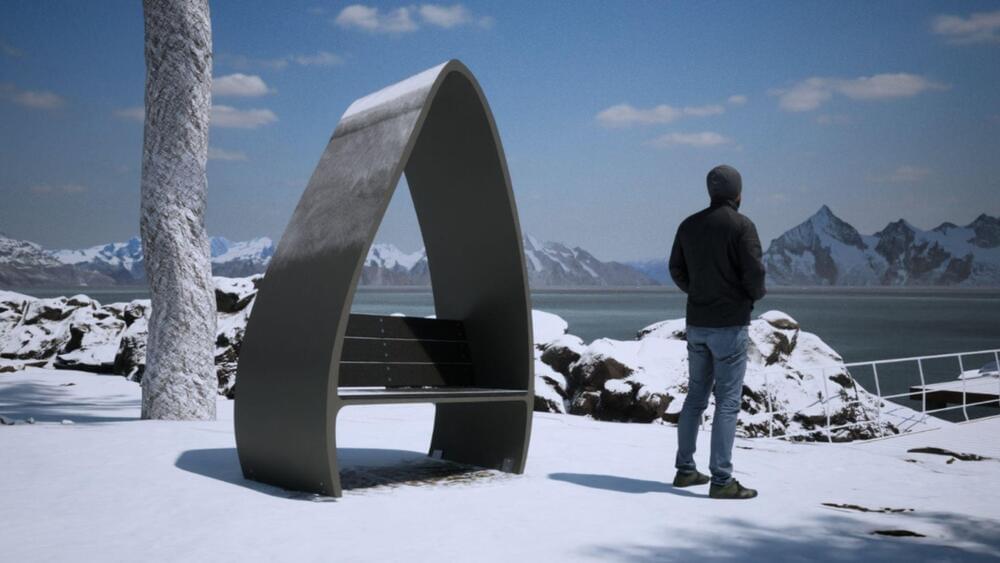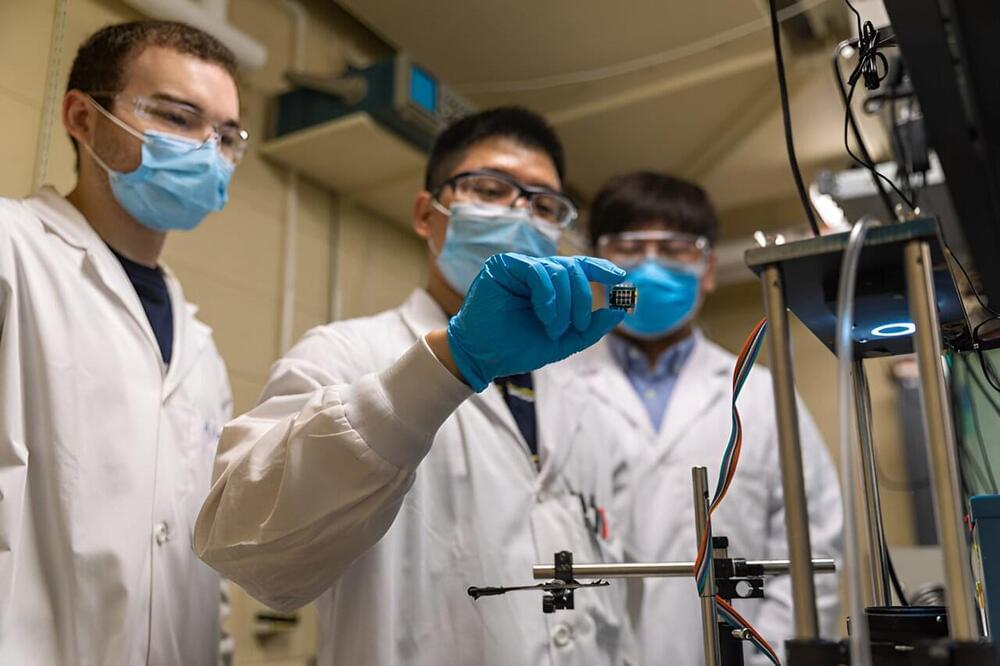
Northwestern University researchers have raised the standards again for perovskite solar cells with a new development that helped the emerging technology hit new records for efficiency.
The findings, published today (Nov. 17) in the journal Science, describe a dual-molecule solution to overcoming losses in efficiency as sunlight is converted to energy. By incorporating first, a molecule to address something called surface recombination, in which electrons are lost when they are trapped by defects—missing atoms on the surface, and a second molecule to disrupt recombination at the interface between layers, the team achieved a National Renewable Energy Lab (NREL) certified efficiency of 25.1% where earlier approaches reached efficiencies of just 24.09%.
“Perovskite solar technology is moving fast, and the emphasis of research and development is shifting from the bulk absorber to the interfaces,” said Northwestern professor Ted Sargent. “This is the critical point to further improve efficiency and stability and bring us closer to this promising route to ever-more-efficient solar harvesting.”
